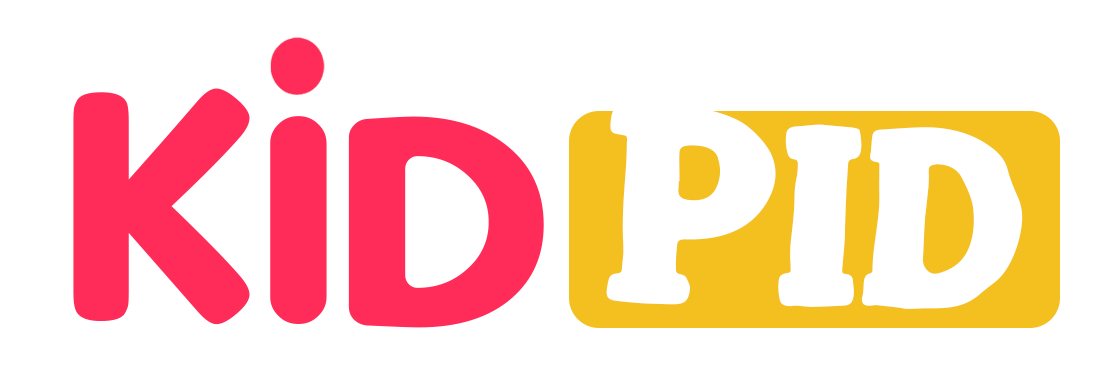What is the use of models and prepositions?
Use of Models and Prepositions
Models and prepositions serve different but important functions in communication and understanding.
Models
Models are representations or simulations that help explain complex concepts or systems. Their uses include:
Visualization: Models help visualize ideas that are difficult to understand, such as scientific theories or mathematical concepts.
Simplification: They simplify complex information, making it easier to grasp the main ideas.
Prediction: Models can be used to predict outcomes in various fields like science, economics, and engineering.
Communication: They provide a common framework for discussing ideas, making it easier to share knowledge and collaborate.
Testing: In science and engineering, models allow for experimentation and testing without the need for real-world trials.
Prepositions
Prepositions are words that show the relationship between nouns (or pronouns) and other words in a sentence. Their uses include:
Indicating Location: Prepositions like “in,” “on,” and “under” describe where something is located (e.g., “The book is on the table.”).
Showing Time: They indicate time relationships (e.g., “We will meet at 3 PM.”).
Expressing Direction: Prepositions can describe movement (e.g., “She walked to the park.”).
Establishing Relationships: They clarify relationships between different elements in a sentence (e.g., “The cat is next to the dog.”).
Adding Detail: Prepositions can provide additional information about how, why, or when something happens.
In summary, models help us understand and communicate complex ideas, while prepositions clarify relationships between different components of a sentence. Both are essential for effective communication in different contexts.
– Written By Rhona Acosta
